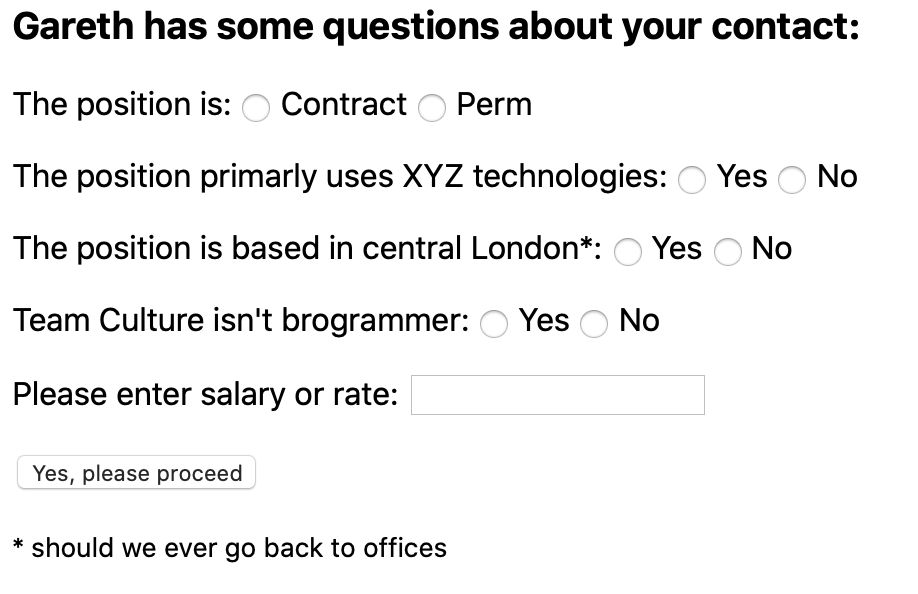In particular this example Chloe (a Senior Developer Advocate for Microsoft who does some cool stuff with code, while putting up with being a woman in tech on twitter) posted this:
Now there are a whole variety of reasons for this being a good thing, there’s evidence that diverse teams, while sometimes being worse at doing repetitive/samey tasks than less diverse teams, when thrown new problems do better.
Also, having people who aren’t white comp-sci males on a team leads to picking up on things, like an awareness of how your product might be mis-used. Abusers have used Venmo to send money to their victims, because “why would you want to stop someone sending you money”.
Of course, a man was here to quibble advise:
Now, machine-learning is an interesting discipline to pop up and claim that inexperienced people aren’t going to do a good job… we’ll go into that in a second.
Yes, it’s probably true that someone starting out will not be able to generate an entirely new model. But will they be able to follow tutorials and train one of the existing models? Likely yes.
Will they be able to replicate the many mistakes that ‘pro-fess-ion-al’ machine learning engineers have? Absolutely.
Machine learning has been used to codify our biases. Facial recognition performs worse on non-white faces… “flight risk assessment algorithms” which are commercially sensitive so can’t be audited, seem to report that certain communities are more of a risk.
Meanwhile there was that time that a “cancer detection” model, had actually been trained itself to detect the different colour of slide-frames that were used between control and malignant samples.
I’m just saying, that maybe Machine Learning isn’t yet the rigorous pillar of integrity and correctness that needs protection to preserve its pureness.
“React is for n00bs”
This is another good one.
When new devs start out and they use react, a variety of callouts appear:
- “It’s too complicated, they need to learn the basics”
- “React is too heavy, they need to learn to optimise”
- “the amount of javascript we use on the web is too high and a security risk”
- “if you don’t learn the basics of DOM manipulation how can you possibly do it well”
- Server-side rendering of client-side apps is just a return to the old way
- We shouldn’t be building apps on the web
Most of these are true to a greater or lesser extent, but you know what else is true?
This is what the web looks like now…
It is not where any of us would probably start, but it’s where we are.
Having architected a business system that uses React as the UI, that system would have been painfully unusable if every interaction was a page load on form reload… modal popups and API calls made it a better experience for users.
“They’re building unoptimised systems and that’s not good”
That is also true, however how do you learn to build an optimised system?
You ship something that gets to the point is needs to be optimised. Many systems don’t need to be… Good enough, is, well, good enough.
These things are analogous to scaling problems: if you get them, they’re nice to have.
We do want some gatekeeping
I don’t want a newbie coder to write the control software for a nuclear reactor… This is unlikely
But more realistically, the area that we need to find ways to help new programmers about about the basics of security.
I don’t want a newbie writing a user registration system, there are plenty of managed Identity Providers (IDP) out there like Auth0, Cognito, AzureAD, Login with Google, Login with Apple etc…
So yes, I wouldn’t want a newbie writing an IDP of any complexity, I can see them storing passwords in cleartext in a mysql database.
But we don’t talk about these things, or how we can give new programmers an intro to the “easy” 80% of security things: basic security on APIs, not storing secrets in your app, not using sequential/predictable IDs around the place.
It’s much more foundational “go and learn enough before we deem you WORTHY of writing for the web”.
Some people learn by doing a CompSci degree. I have one of those.
While it taught me a bunch of formal things, so much of what I’ve learned is by working with good people, making mistakes, and learning more.
I learned React in part because I was working with a bunch of coders who were learning it…As an old school HTML, JS, JQuery & CSS person, I was initially confused and scared of it. Then create-react-app appeared and I finally got it.
If we don’t turn down this obsession of gatekeeping entry, we don’t let new people learn.
We end-up with the same faces, and products will be worse for everyone. Us older-school people will get stale, stagnate and just write the same stuff until we get retired.
